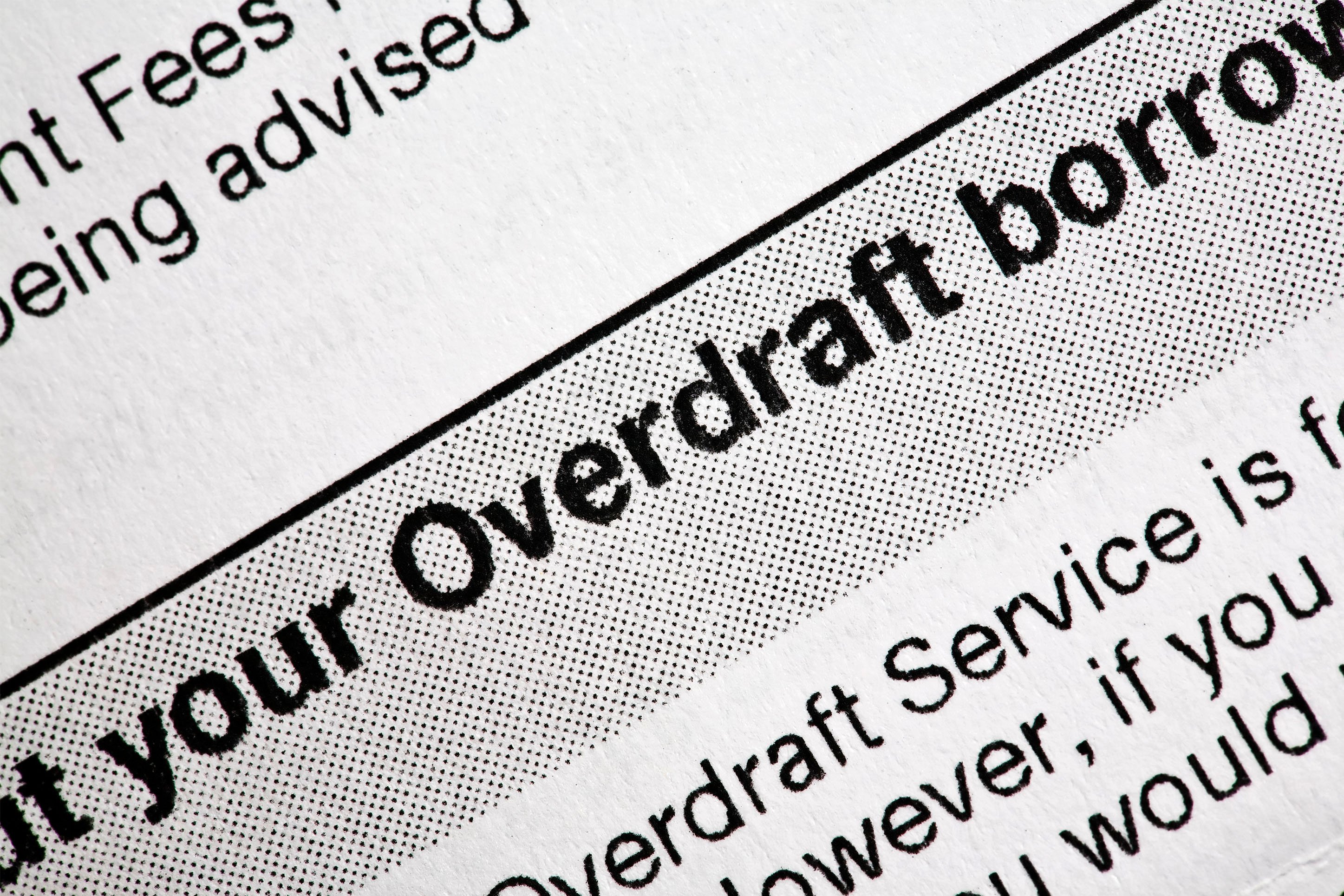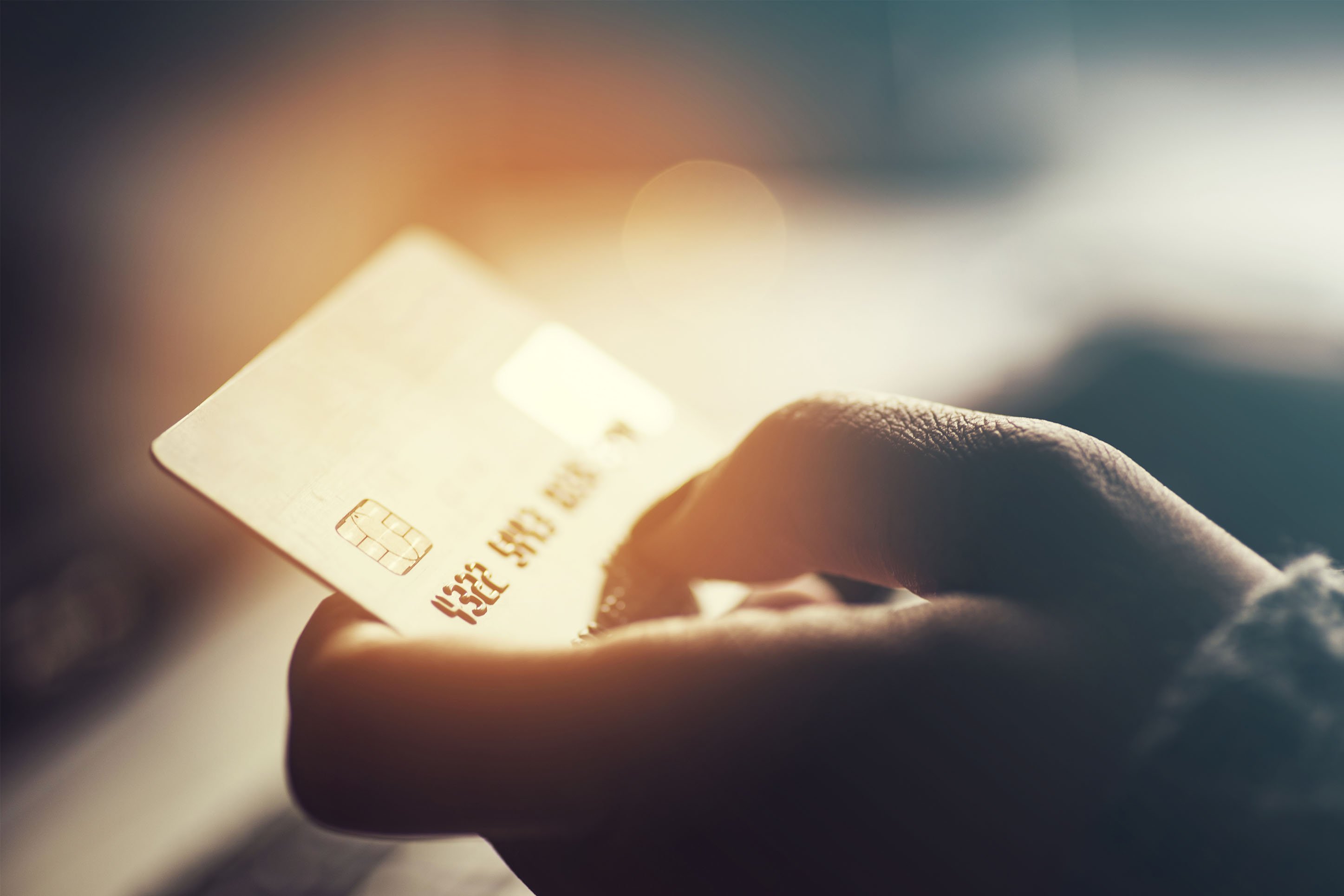Fee Busting to Save Money
Overdraft fees (when you have insufficient funds to cover checks or purchases) can be higher than $30 per bounced check. That’s not going to be kind on your wallet, especially when a few moments of forgetfulness start to add up.
When you set up overdraft protection, you’re giving yourself a break on fees. You shouldn’t need to pay to use your own money, and that’s the premise that overdraft protection is built on.
A Helping Hand When You Need It Most
We get it: sometimes times are tough, and it’s out of your control. Overdraft protection is there to help you out when you’re waiting for a check to clear or you’re trying to make it to your next payday.
You can rest a little easier knowing that you have an extra cushion to help catch you in your time of need. You shouldn’t have to worry about running out of money and having the fees start to pile up. That’s where overdraft protection comes in.

Types of Overdraft Protection
There’s more than one way to do overdraft protection. Here are the options RMCU offers to protect yourself from overdraft fees.
Linked Deposit Account
A linked deposit account is the most common type of overdraft protection. This is another account, usually a savings account or a different checking account with the same financial institution. If you choose to link a savings account, just keep in mind that they are subject to transaction limits each month or you may incur fees.
Overdraft Line of Credit
An overdraft line of credit is a loan set up with your financial institution specifically for overdraft protection. There’s usually a small annual fee involved, as well as an interest rate charged on any funds borrowed. But it can be a good alternative to linking to a credit card or another low-balance account.

Linked Credit Card
A linked credit card lets you borrow from your credit balance to cover any overdraft on your checking account. When you link a credit card as overdraft protection, just be sure to note that any withdrawal from that card is considered a cash advance, so higher interest rates may apply depending on your credit agreement.
Your financial life doesn’t have to feel complicated. Check out the account offerings from RMCU to help streamline your finances.
If you enjoyed this blog, you might enjoy these other related blogs:





